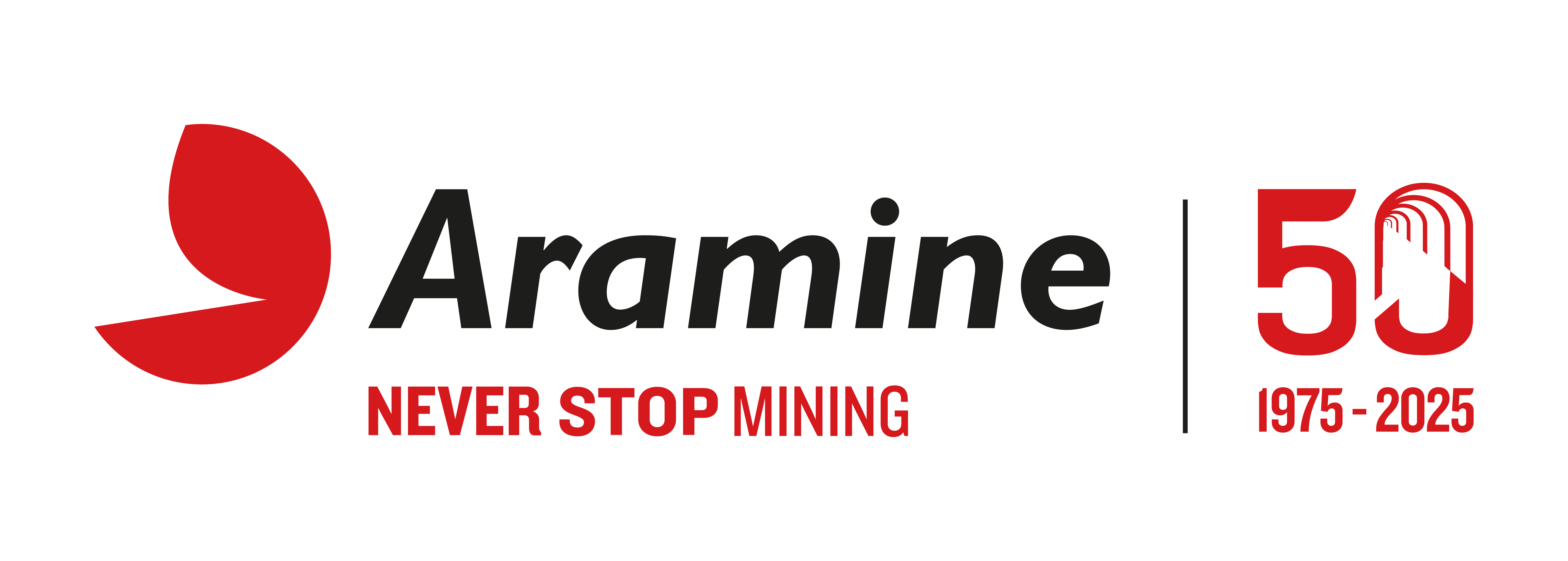
Underground Mine Closure & Reclamation
When an underground mine closes, the process of reclamation and restoration begins. This process aims to return the land to its natural state and to prevent any potential HSSE-SR health, safety, security, environment, and social responsibility impact in accordance with international standards. This involves assessing, auditing, and monitoring ecological and social risks. The process of mine closure and reclamation can be complex and expensive, and it may take several years to be completed.
This article gives an overview of the process for mine closure, describing the steps and challenges involved.
Removing and remanufacturing mining equipments
The first step in the process of mine closure is the removal of any structures, equipments and tailings. This includes the removal of buildings, machinery, residues, and other infrastructure that was used in the mining operations. This process is often done by the mining company, but it may also involve the use of contractors and specialized equipment. Unfortunately, many mining machines are left behind and buried in the ground… The environmental impact is high as a mining machine contains different waste oils. In 1997, Aramine decided to make a step toward reducing this impact. The company introduced the remanufacturing program, a global project with a real CSR vision in a newly rebuilt center located in Gardanne (south of France). The used machine is brought back to the surface and follows a 10 steps process that offers a second life. The machine first gets complete expertise and is dismantled. Then, it gets refurbished with genuine or remanufactured spare parts and components following the original specification. At the end of the process, the machine is re-assembled and ready to start a new journey. In addition to a reduced environmental impact, getting a remanufactured machine instead of a brand new one has several advantages (material saving, warranty…).

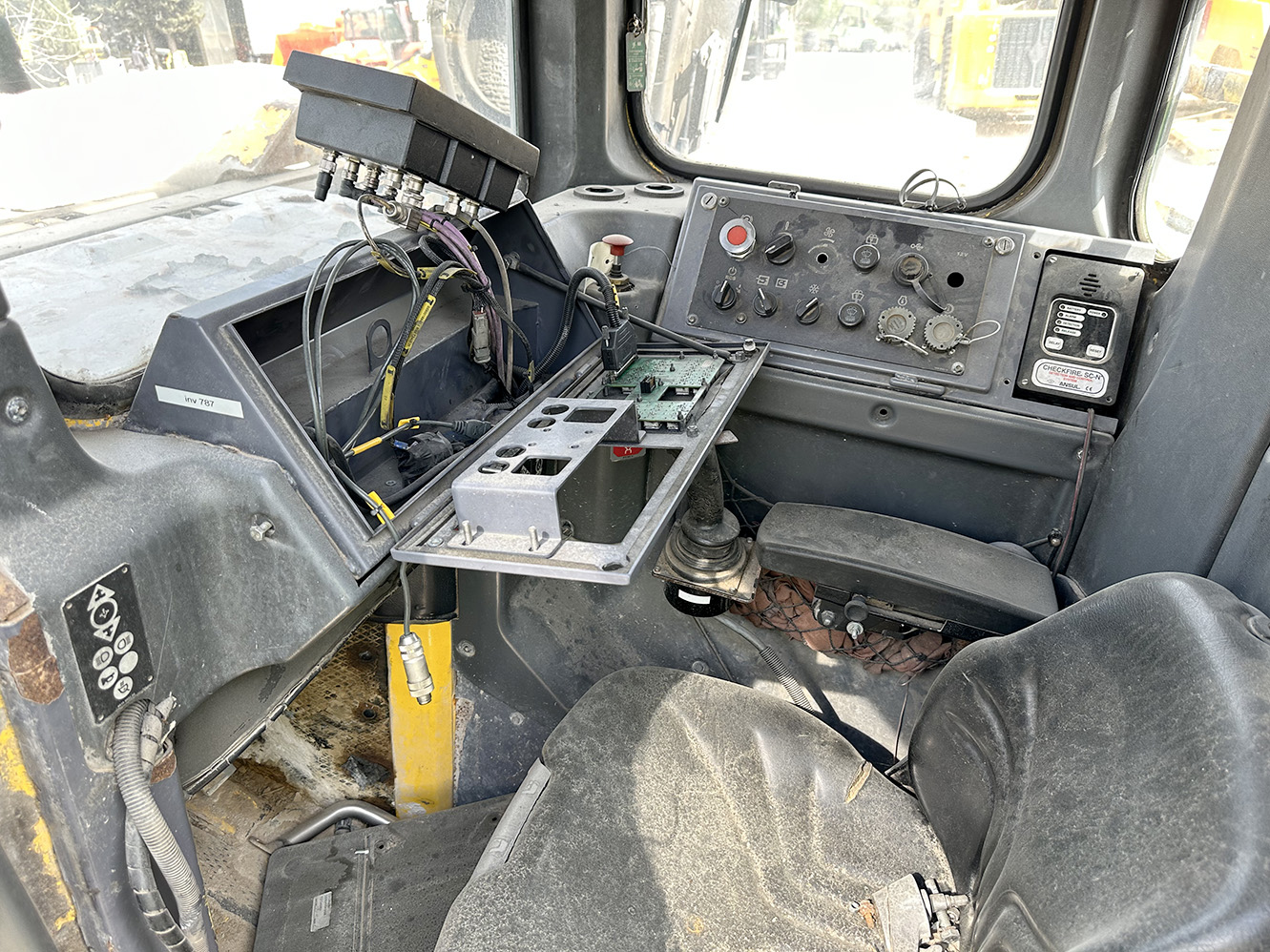
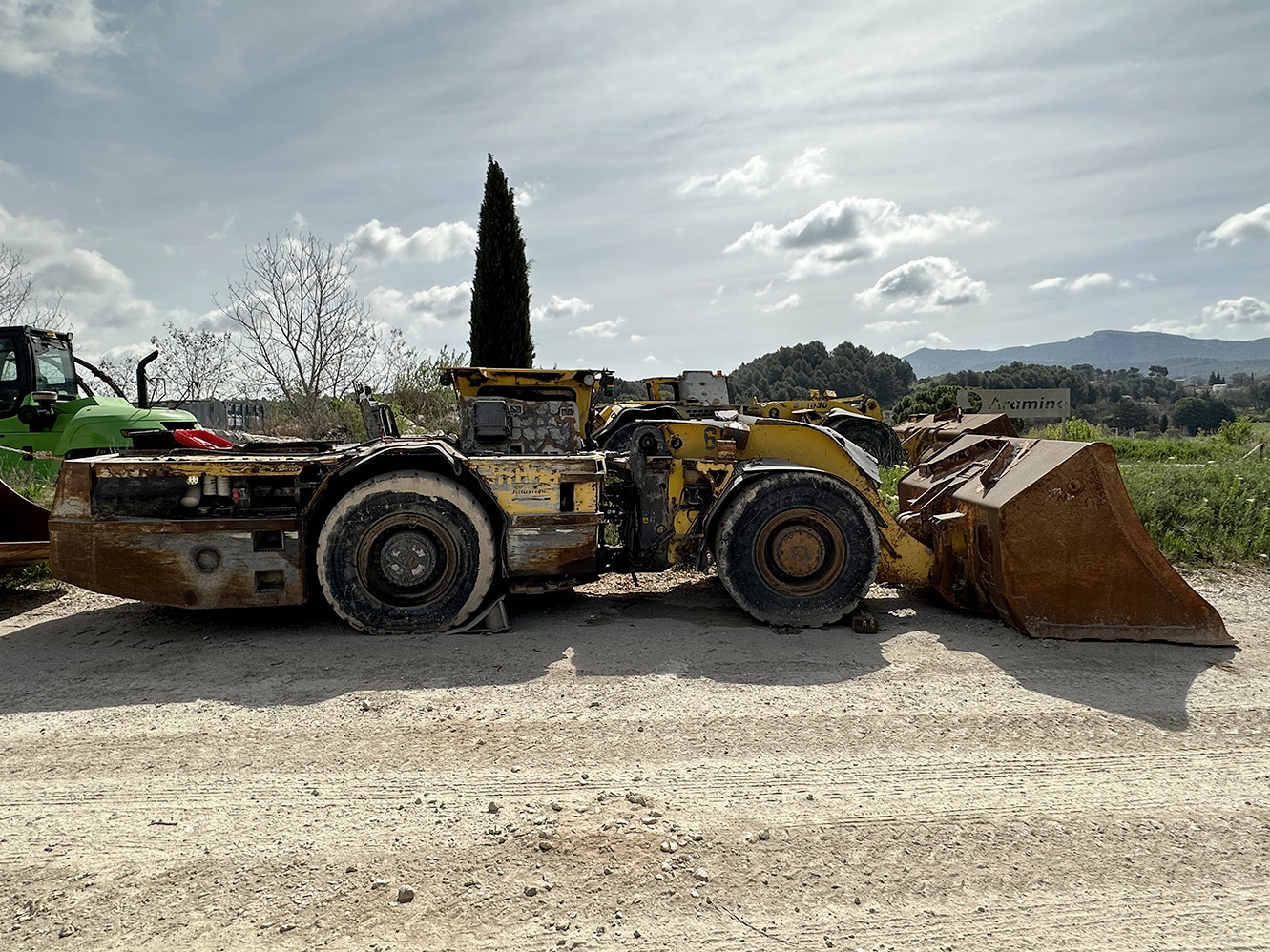

Reclamation of the land
After removing the structures and equipment, the next step is the reclamation of the land. This includes the restoration of the land to its original state, including the removal of any waste materials and the restoration of the natural landscape. Heavy equipment, such as bulldozers and excavators, are used to remove waste materials and reshape the land. The process of reclamation may also involve the planting of new vegetation and the creation of wetlands, streams, and other natural habitats.
What happens to the land?
Once the land has been restored to its natural state, long-term maintenance and monitoring of the mine site is required. Usually, the mining company owner, ensures this service. To ensure that the site remains safe and stable, regular inspections are conducted as well as the maintenance of any structures or equipment that were left behind.
In some cases, closed mine operations are also repurposed for other uses. For example, some closed mines may be used for storage, as the underground caverns can provide a secure and stable environment for the storage of goods. A closed mine can also become a tourist attraction, with tours of the underground caverns and a glimpse into the history of mining. An example of such repurpose is the mine of bauxite in Tourves (Var, France) which closed in the 80’s. Nowadays, the site gave birth to a museum (the Red Faces Museum) that tells the story of the mine. Another solution for mine conversion concerns the recovery of water. Often underestimated, a mine can have great access to water that can be used in industrial or agricultural applications.
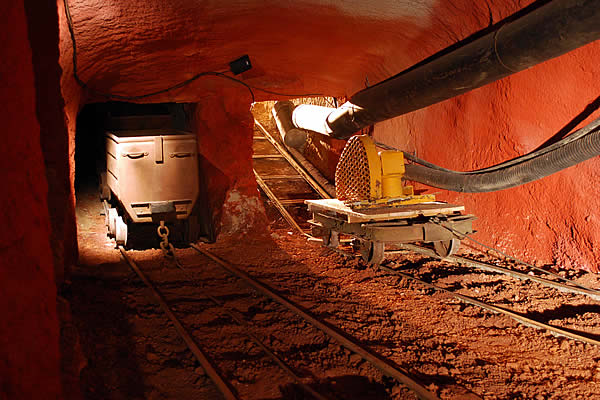
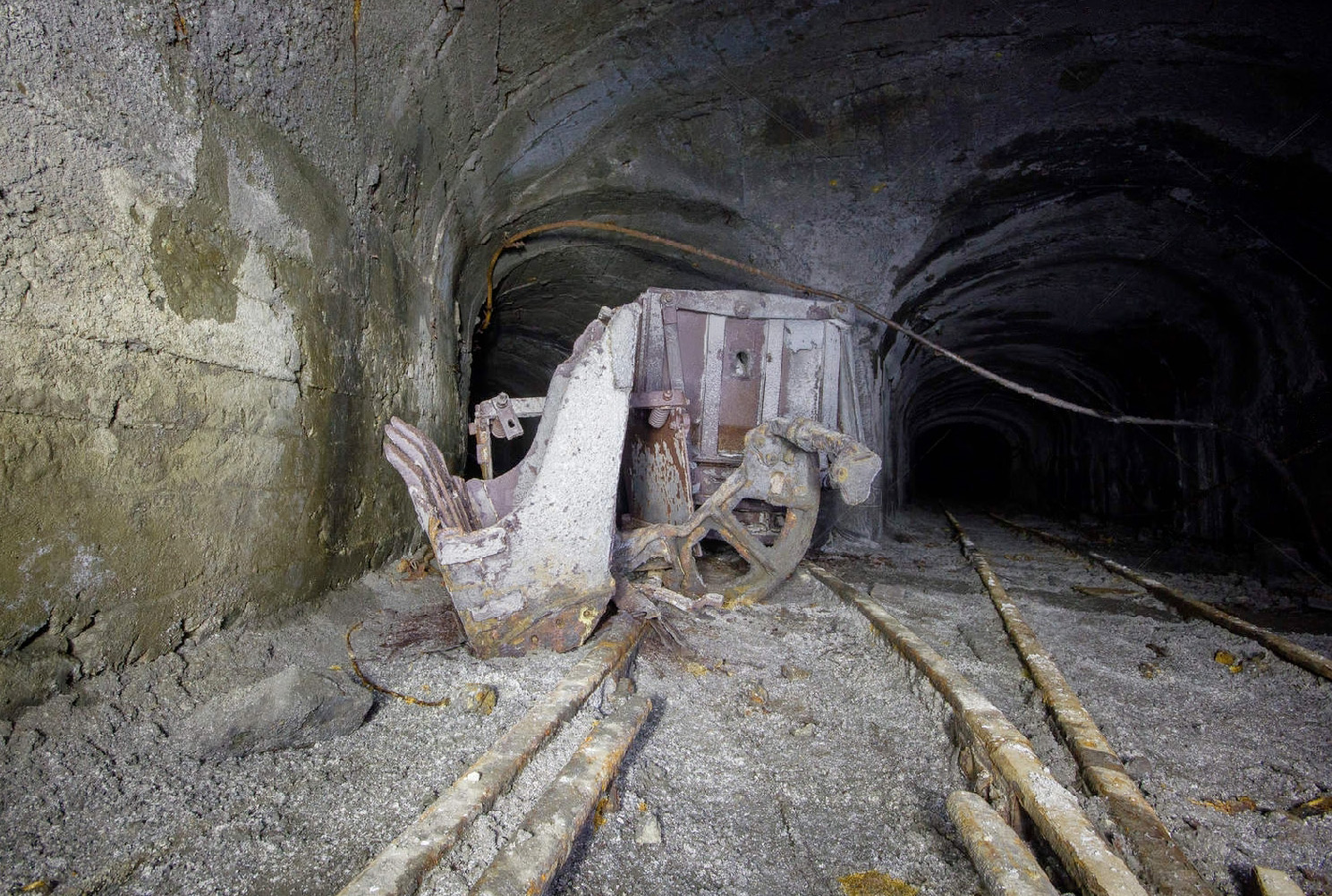
Mine closure is challenging
The process of mine closure is challenging. It can be complex and costly and can take many years to complete. Additionally, there may be potential environmental and safety hazards that need to be considered, such as the presence of toxic chemicals or the risk of cave-ins. It is, therefore, necessary to evaluate those risks, define technical rules, and monitor the operations. In France, the law which structures the post-mining era was promulgated in 1999 and introduced the possibility of a Mining Risk Prevention Plan (PPRM). Nowadays, the Ministry of Ecology, Sustainable Development and Energy and its Regional Directors (DREAL) are in charge of post-mining operations, the French government becomes the guarantor of the damage caused by the mining activity when the owner disappears or fails.
In conclusion
In conclusion, the closure of an underground mine is a complex process that involves the removal of structures and equipment, the reclamation of the land, and the long-term maintenance and monitoring of the site. It is a critical process that ensures the land is returned to its natural state and that any potential environmental or safety hazards are addressed. While the process can be challenging and costly, it is essential for preserving the environment, the flora & fauna, and the community’s safety.
For over 25 years, Aramine has been remanufacturing used machines that were supposed to end their life with the mine closure. We manufacture battery-powered equipment to avoid diesel and highly reduce the consumption of lubes, oils, and many other consumables to preserve our environment.
